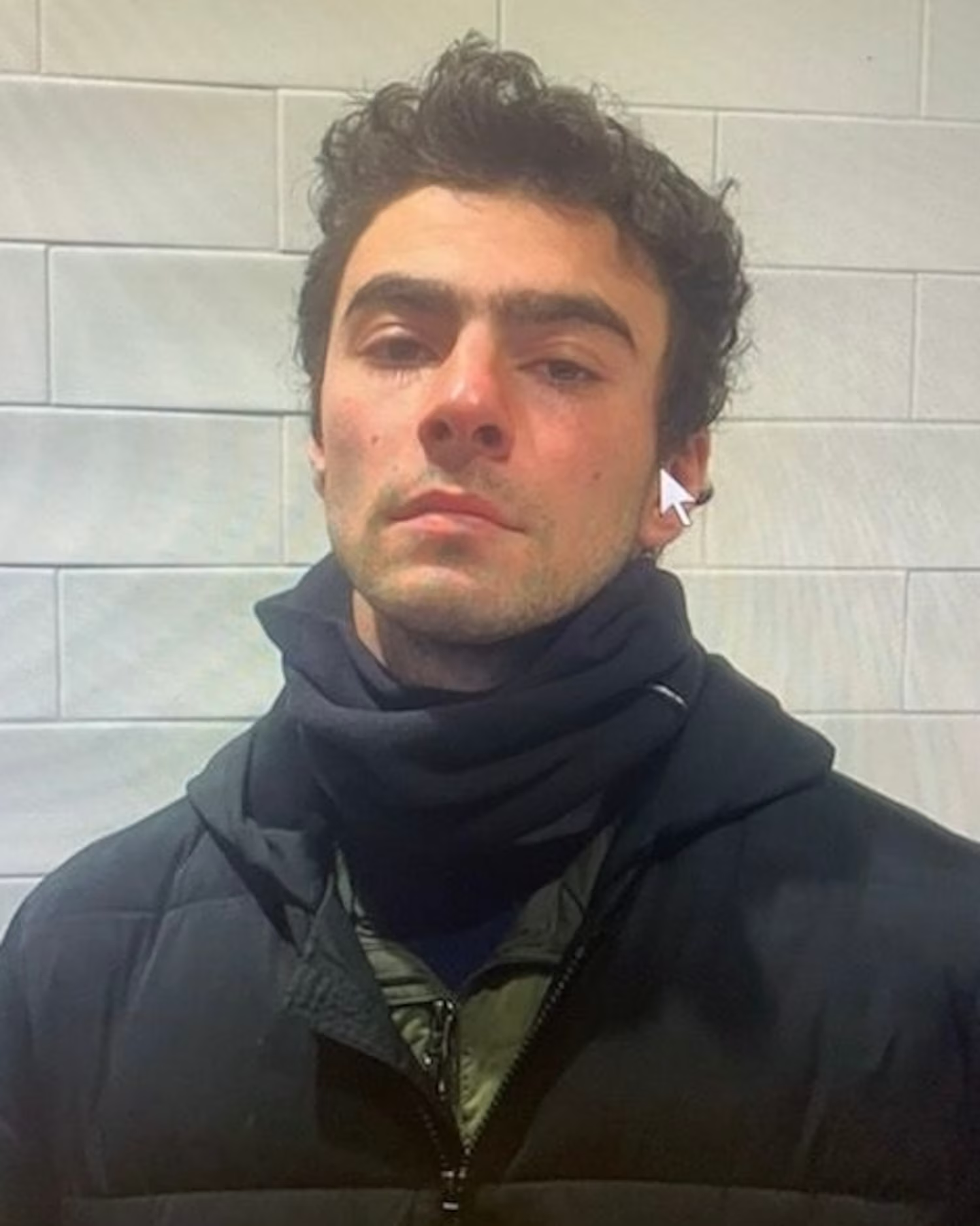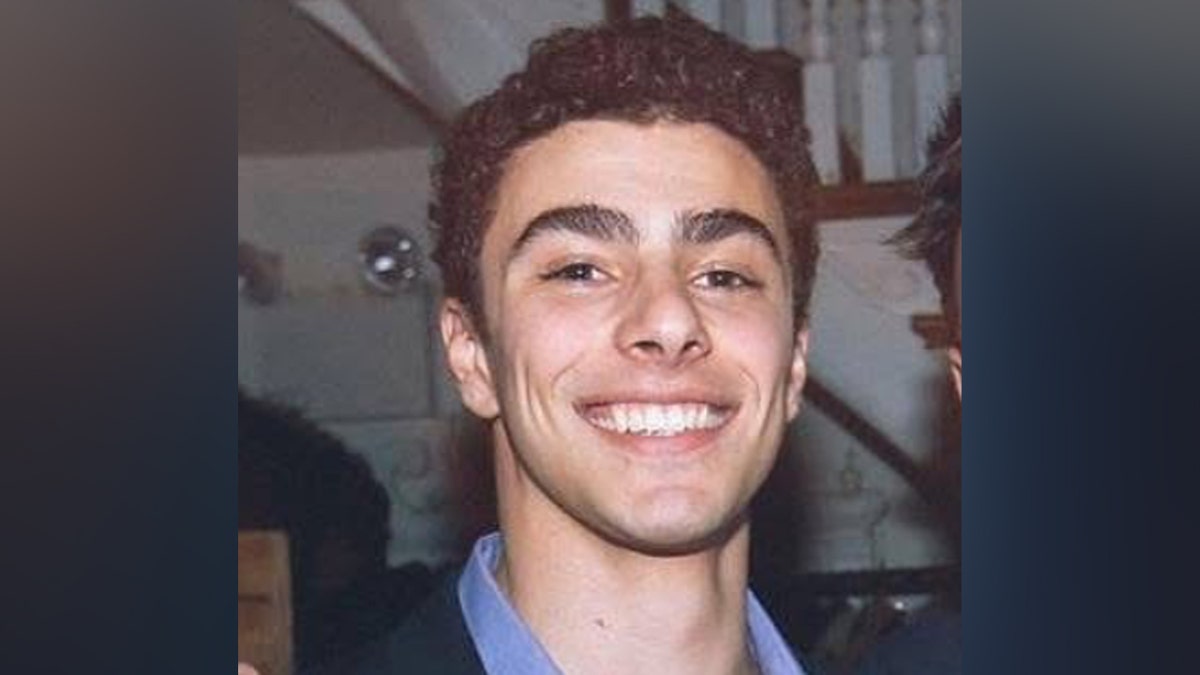- Luigi Mangione, a 26-year-old Ivy League graduate, was apprehended at a McDonald’s in Altoona, Pennsylvania, following a dayslong manhunt related to the fatal shooting of UnitedHealthcare CEO Brian Thompson. TheTimes.co.uk
- A manifesto criticizing the U.S. healthcare industry and shell casings marked with "deny," "defend," and "depose" were recovered, indicating potential motives tied to corporate grievances. WSJ.com
- Mangione allegedly used a fake New Jersey ID and stayed at an Upper West Side hostel before the attack; he fled the scene on an electric bike. ABCNews.go.com
- The suspect, who held degrees in computer science and artificial intelligence, reportedly reviewed Ted Kaczynski's manifesto and shared anti-establishment views online. NYMag.com
- Mangione’s family background includes ties to Maryland politics and the healthcare industry, with relatives expressing shock over his alleged actions. NYPost.com
This perspective views the attack as an act of protest against perceived injustices within the healthcare industry. Luigi Mangione, the suspect, allegedly expressed grievances in a manifesto criticizing healthcare companies for prioritizing profits over patient care. The inscriptions found on the shell casings, such as 'deny' and 'defend,' align with this narrative, portraying the act as an extreme, albeit misguided, attempt to draw attention to systemic issues in the U.S. healthcare system.
This interpretation sees the event as a calculated and premeditated act of violence by an individual acting alone. Evidence such as Mangione’s fake IDs, a ghost gun, and surveillance footage suggest a high level of planning. The manifesto and his online activity highlight a history of radical thought, indicating that this was not a random act but a deliberate targeting of a high-profile individual to make a statement.
This perspective focuses on Mangione’s potential mental health struggles and isolation as contributing factors to the attack. Friends and family noted his disappearance and erratic behavior in the months leading up to the incident. His chronic back pain, online interactions, and favorable reviews of controversial works like the Unabomber’s manifesto suggest a deeper psychological crisis. This viewpoint raises broader societal questions about identifying and supporting individuals who may be at risk of radicalization or violence.
Details
Analysis
Bias

Reactions

The article focuses on the suspect’s grievances against corporations and highlights public support for him as a 'folk hero,' framing the event in a way that critiques the U.S. corporate and healthcare system.
Read full article

The article includes the manifesto and emphasizes its critique of U.S. corporations, while suggesting societal factors that could have driven the suspect to act.
Read full article
Negative
Sentiment
The article provides a detailed account of the suspect’s arrest and evidence but avoids inserting evaluative or critical commentary about the U.S. healthcare or corporate system.
Read full article

The article describes the incident and the suspect’s motives but refrains from value judgments or overt critique of the U.S. healthcare or legal system.
Read full article
The article primarily reports on the timeline of events and corporate responses without delving into critical or supportive commentary about systemic issues.
Read full article
Neutral
Sentiment
Positive
Sentiment





